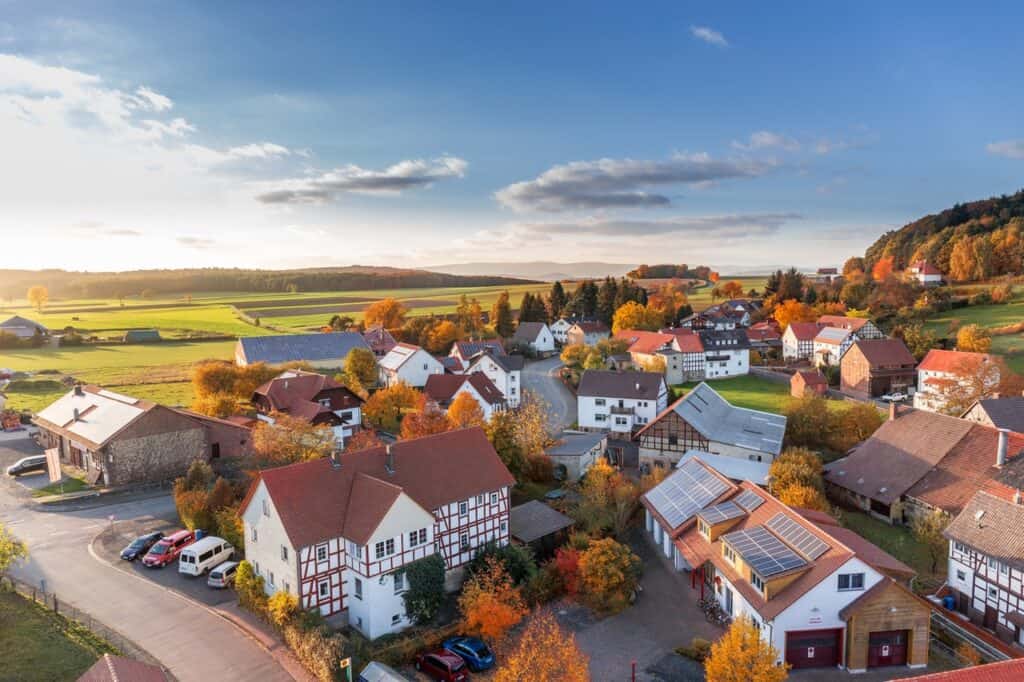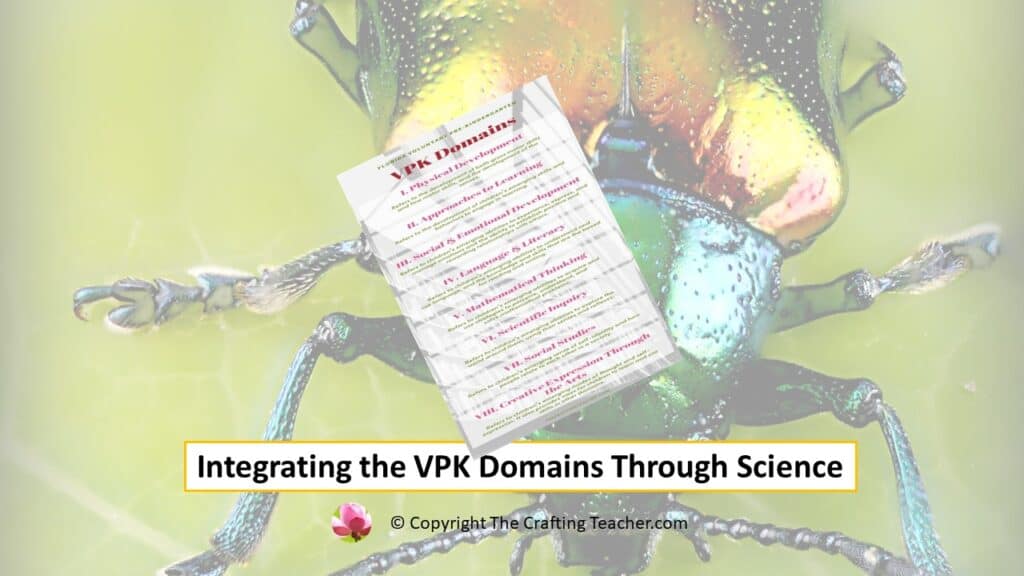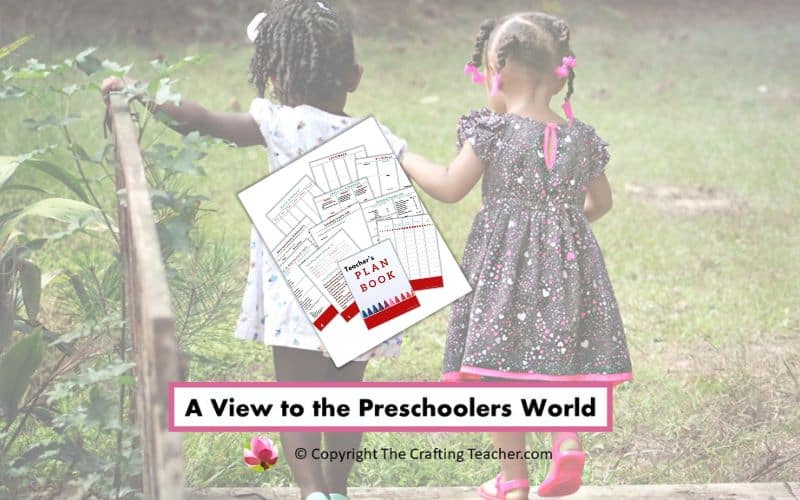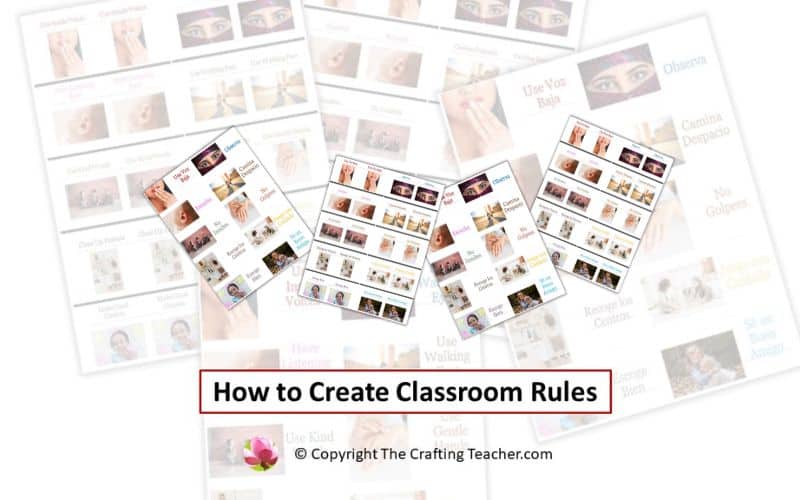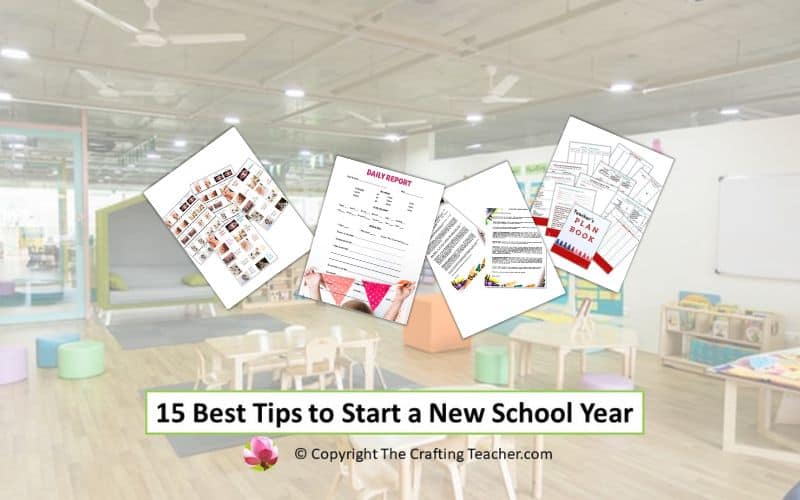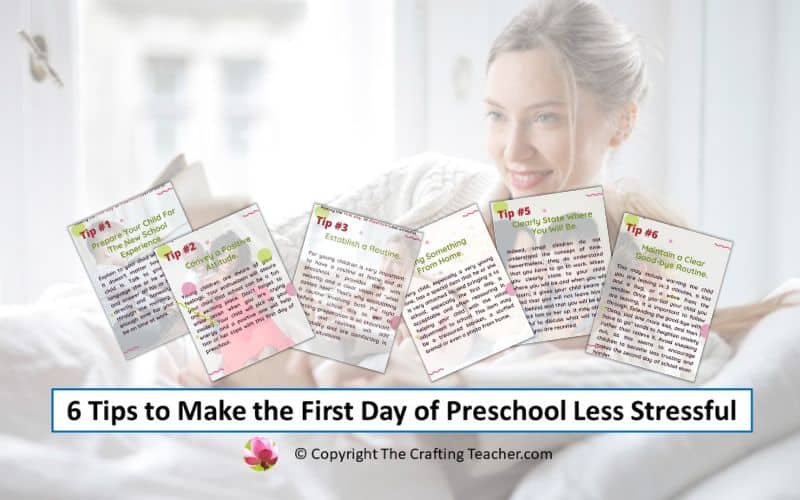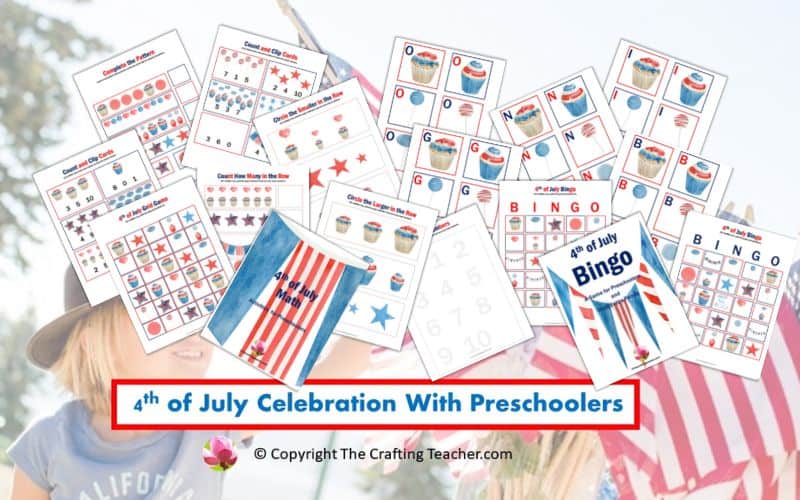Affiliate Disclosure: “This post contains affiliate links, which means I receive a small commission, at no extra cost to you, if you make a purchase using this link.”
Using Social Studies to Explore the World
Guiding preschoolers’ natural curiosity to learn about their surroundings and beyond.
Preschoolers are naturally curious about what is out there beyond their homes, and we can guide their natural curiosity using social studies to help them explore the world.
For some people when they think about social studies they probably have memories of them in middle or high school, and they might never associate that subject with preschool.
The truth is that even when social studies are not taught in preschool the way is typically addressed in more advanced grades, social studies is a very important part of the preschool curriculum and forms an entire domain in the early learning and developmental standards.
Remember that human beings are social entities naturally, we belong to groups and live in communities where adults go to work, with different businesses where they go shopping or receive some type of service.
Preschoolers see all this, and the purpose of social studies is to guide their exploration as they get to know themselves, their families, and the community where they live, and how they can also relate and compare themselves and their situation with other humans in other places.
It is very easy for preschoolers to study the world around them thanks to their natural curiosity. They are completely focused on what they want and need, but also start to develop a sense of belonging and forming relationships with other children and adults besides their own families.
Social studies allow preschoolers to increase their awareness of everything that is happening around them, their neighborhood, and their community and guide them to be active participants in the world outside their homes.
As a preschool teacher, you can use the standards to know what to teach and how to do it, since is the perfect tool specially designed to help you guide your students in the right direction.
The Florida Standards for 4 Years Old to Kindergarten
Here in Florida, and I’m sure in every other state, the standards are used in preschool to guide us about what it is that preschoolers need to learn and to develop good lesson plans that will help them get ready for Kindergarten.
The Florida Standards are grouped into 8 domains or areas of development which are:
- Physical Development: refers to the development of both gross motor skills and fine motor skills and the development of the senses.
- Approaches to Learning: refers to the development of children’s emerging skills and behaviors to engage in learning.
- Social and Emotional Development: refers to children’s emerging abilities to experience, express, and manage emotions and the ability to establish positive and rewarding relationships with others.
- Language and Literacy: refer to children’s emerging abilities to understand and use language, and the knowledge and skills that are the base for reading and writing.
- Mathematical Thinking: refers to children’s emerging abilities to acquire and use strategies to perceive, understand, and solve mathematical problems.
- Scientific Inquiry: refers to children’s emerging abilities to explore the world around them, using their senses and reflexes.
- Social Studies: refers to children’s emerging sense of self-identity and how people relate to each other in a society.
- Creative Expression Through the Arts: refers to children’s emerging modes of thought and self-expression. It also provides ways for children to learn and use skills in other domains.
Each domain is further divided into Components (identified with capital letters), sub-components where applicable (identified with lowercase letters), standards (identified with numbers), and when appropriate, benchmarks.
You can find detailed information about the Florida Standards HERE.
Now, let’s take a closer look at what the Florida Social Studies Domain is about, which are the components and sub-components of this domain, and how we can address them in a preschool classroom.
Florida Social Studies Domain
The Florida Office of Early Learning introduces the Social Studies domain like this:
In the earliest years, social studies concepts simply involve children exploring their world and trying to make sense of the social and physical environments.
Social interactions form the basis of social studies, therefore in the early childhood arena, each child’s basic social understanding begins with self and family and then expands to early education.
A sensitive, respectful approach sets the tone for a child’s social learning.
This domain is divided into the following components and standards:
A. CULTURE
1. Identifies self as a member of a culture.
2. Understands everyone belongs to a culture.
3. Explores the culture of peers and families in the classroom and community.
4. Explores cultural attributes by comparing and contrasting different characteristics (e.g., language, literature, music, arts, artifacts, foods, architecture, and celebrations).
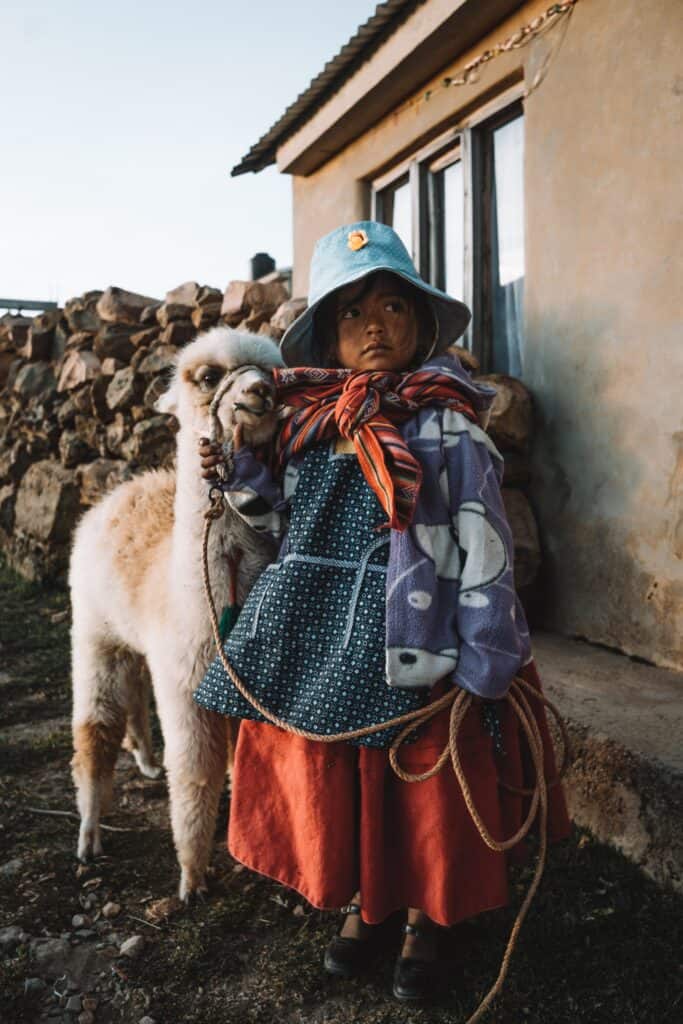
Photo by Alex Azabache from Pexels
B. INDIVIDUAL DEVELOPMENT AND IDENTITY
1. Identifies characteristics of self as an individual.
2. Identifies the ways the self is similar to and different from peers and others.
3. Recognizes individual responsibility as a member of a group (e.g., classroom or family).
C. INDIVIDUALS AND GROUPS
1. Identifies differences and similarities of self and others as part of a group.
2. Explains the role of groups within a community.
3. Demonstrates awareness of group rules (e.g., family, classroom, school, or community).
4. Exhibits leadership skills and roles (e.g., line leader and door holder).

D. SPACES, PLACES, AND ENVIRONMENTS
1. Identifies the relationship of personal space to surroundings.
2. Identifies differences and similarities between own environment and other locations.
3. Identifies differences and similarities of basic physical characteristics (e.g., landmarks or land features) 4. Uses spatial words (e.g., far/close, over/under, and up/down).
5. Recognizes some geographic tools and resources (e.g., maps, globes, or GPS)
6. Begins to identify the relationship between human decisions and the impact on the environment (e.g., recycling and water conservation).
E. TIME, CONTINUITY, AND CHANGE
1. Identifies changes within a sequence of events to establish a sense of order and time.
2. Observes and recognize changes that take place over time in the immediate environment.
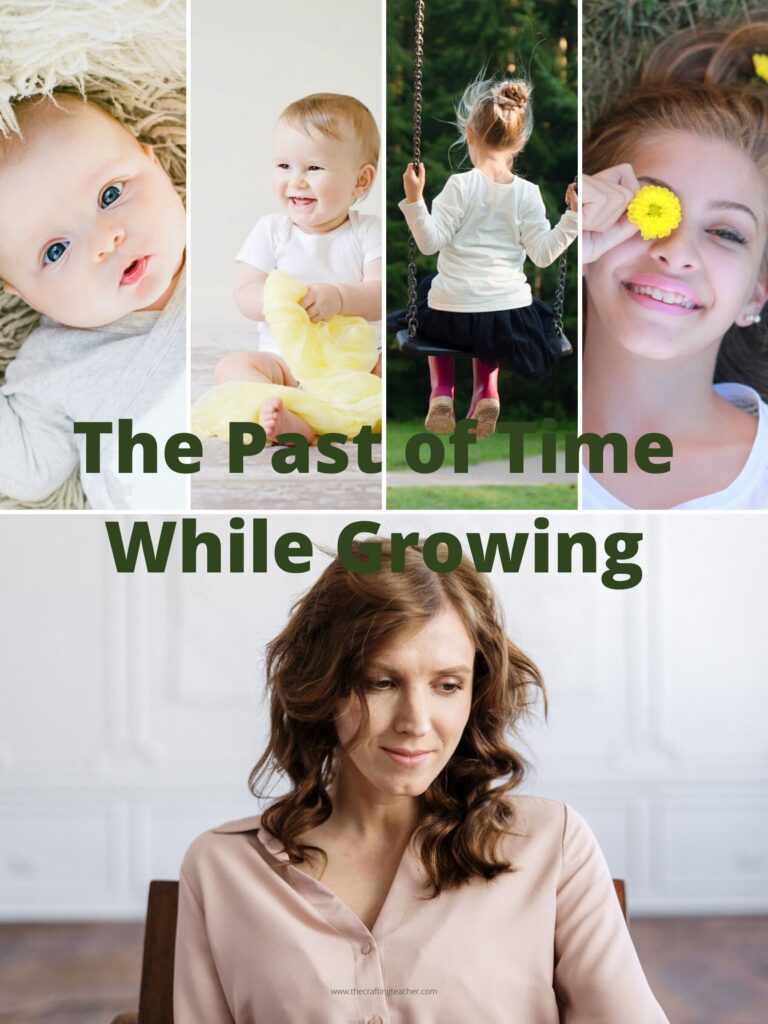
F. GOVERNANCE, CIVIC IDEALS, AND PRACTICES
1. Recognizes and follows rules and expectations in varying settings.
2. Participates in problem-solving and decision-making.
3. It begins to explore basic principles of democracy (e.g., deciding rules in a classroom, respecting the opinions of others, voting on classroom activities, or civic responsibilities).
Preschool teachers have to take into consideration all these components and standards when preparing their lesson plans, to make sure the preschoolers develop the knowledge and skills they need before they get to Kindergarten.
Addressing the Different Components
Component A: Culture
Children should be encouraged to appreciate and respect diversity. They need to understand that it doesn’t matter if we look different because everybody deserves to be treated equally.
There are different things that preschool teachers and parents can address this component, and help the children understand their heritage and culture, and that of other people.
An excellent opportunity to talk about this is when we celebrate holidays and important birthdays, and we can have the children compare the different traditions.
Some of the activities that preschool teachers and parents can do are:
- Read books, sing songs, play music, and tell folk tales from different countries and cultures.
- Show pictures of different ethnicities and compare physical attributes.
- Invite community workers to come to the classroom to share stories about their jobs and cultural heritage.
- Present pictures from other countries, talk about them, and place them in the Block area, to be copied with blocks, legos, and other types of manipulatives.
- Use religious holidays like Christmas, Hanukkah, and Kwanzaa to plan special activities.
- Have an Ethnic Celebration Week
- Celebrate famous people’s birthdays like Martin Luther King’s, Abraham Lincoln’s, and Dr. Seuss’s doing special activities.
- Plan special activities to celebrate holidays such as Christopher Columbus’s Day, Thanksgiving, and Cinco the Mayo.
We’re Different, We’re the Same by Joe Mathieu and Bobbie Jane Kates, is an enduring, colorful, and charmingly illustrated book to teach children and the adults in their lives an easy, enjoyable way to learn about differences—and what truly matters.
This is How We Dot It by Matt Lamonthe, is a genuine exchange that provides a window into traditions inspired by the author’s travels, transporting readers across the globe and back with this luminous and thoughtful picture book.
Whoever You Are by Mem Fox, with colorful and whimsical illustrations by Leslie Staub, celebrates the diversity in our world and the fact that, inside, we are all the same–wherever and whoever we are.
Component B: INDIVIDUAL DEVELOPMENT AND IDENTITY
The first roles preschoolers know are those of the people in their family, for example: who cook their meals, wash their clothes and take them to the doctor.
It is important to promote preschoolers’ self-awareness and a sense of belonging, making sure to treat everybody with the same respect and avoid judgmental comparisons. Remember that you have to set a good example to encourage your students to do the same.
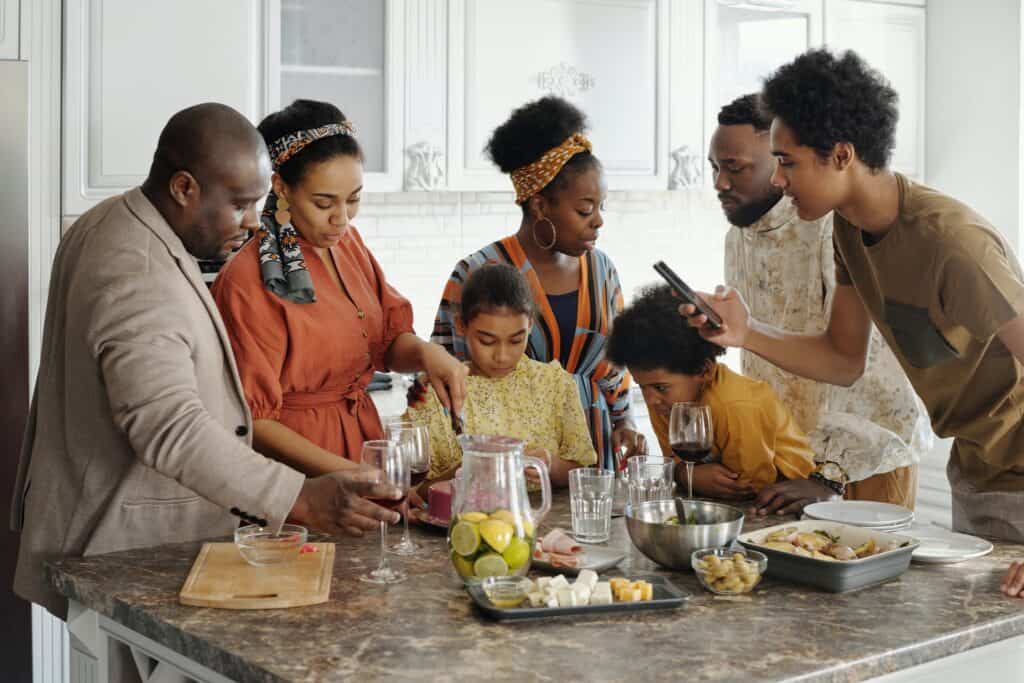
You can address this component with these ideas:
- Invite children to draw self-portraits, let them present them to the class, and describe the color of their hair and eyes.
- Discuss the differences and similarities between them. Make a chart to compare different attributes (hair and eye color, sex, age, skin color, etc.)
- Have each child make an “About Me” poster at home including favorite food, game, hair, eye color, etc.
- Ask each child to make a face representing the different feelings and make a poster or a book with it.
- Start a discussion about things that make them happy, sad, scary, angry, and excited, take dictation, and write down their answers.
- Encourage them to act out different feelings.
- Make paper plate puppets with different feelings and have a game where you mention a feeling and children with those puppets show them to the class.
Component C: INDIVIDUALS AND GROUPS
Teachers should encourage children to decide on what center or activity they want to choose next but also promote opportunities for them to play in groups, learn how to share, and make decisions together to complete a task.
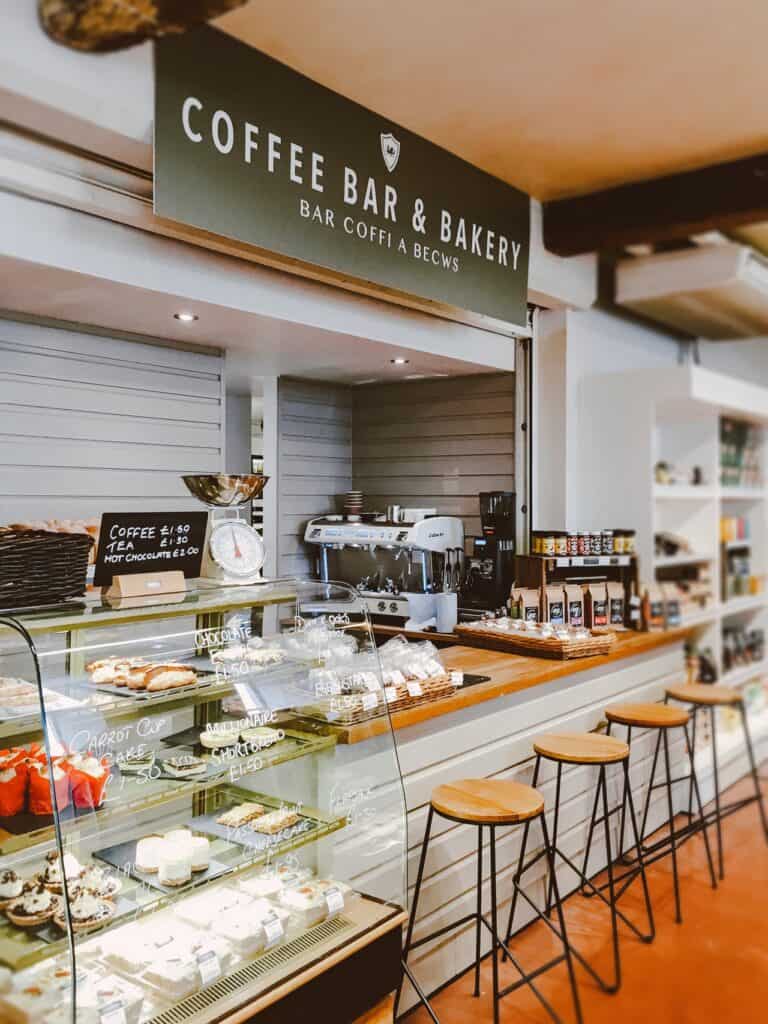
It is important in preschool that teachers encourage this learning process by providing the children with multiple materials and activities to promote learning such as:
- Read books about different types of families, community places, community helpers, and countries.
- Ask children to bring pictures of their families to talk about them.
- Have them draw their families. Take dictation of what children tell you.
- Create a class book with pictures and drawings.
- Make a graph with children’s families. Use it to discuss the different types of families.
- Discuss similarities and differences in children’s families.
- Talk about extended families.
- Discuss how some families are big and some are small.
- Talk about families with foster parents, step-parents or siblings adopted children, and parents of the same sex.
- Discuss pets being part of the family.
- Invite family members to come to the classroom to talk about their families.
Component D: SPACES, PLACES, AND ENVIRONMENTS

As the preschoolers’ world expands, they become familiar with other roles outside their homes such as the vet who takes care of their pets, the cashier at the store, and the firefighters at the station around their house.
These are some activities you can do to promote this component:
- Read books about different types of community and community helpers.
- Bring pictures of familiar places in the community, and have children identify the places and talk about them.
- Talk about the city that children live in and its characteristics.
- Have a class project involving the parents where they make a map of their neighborhood and take pictures of different places, to place them in their location on the map. Children can introduce their neighborhood to the class.
- Discuss the services or products each community place offers (churches, stores, post offices, libraries, clinics, barbershops, etc.
- Explain where the products offered in the community places come from and how.
- Displays the posters and has children compare the differences and similarities in their neighborhoods.
- Introduce the concept of community helpers with pictures, and have children talk about their experiences with some of them.
- Invite different types of community helpers (firefighters, doctors, dentists, etc.) to come to the classroom and talk about their jobs.
- Plan a field trip to a place in the community, and ask for one of the employees to talk to the children about the job he or she performs.
- Ask the children to draw the place they visit and dictate what they see and learn.
- Have them build a community with blocks and vehicles. Ask them open-ended questions while they are playing.
- Provide dress-up clothes and other props to act out different community roles.
Component E: TIME, CONTINUITY, AND CHANGE
It is difficult for preschoolers to understand these concepts, especially time.
Some of the things you can do are:
- Have a visual schedule and show it to the children when changing activities.
- Show them a clock and explain the use of the clock’s hands.
- Demonstrate the duration of a second.
- Explain that the schedule matches how the clock is going to look at the time arrives.
- Have a calendar on the wall to record the dates, special occasions, and holidays.
- Talk about weeks, months, and seasons using pictures and books.
- Read books and ask the children what happened first, then what happened, etc., to complete the sequence of events.
- Ask them what they do when they wake up, then what else, etc. to have them understand the sequence of events.
- Read a story and present flannel board pieces to put them in the correct order according to the story.
- Ask parents to bring pictures of different stages in children’s lives, display them in the correct order, and talk about them.
- Read them a book and have them put related sequence cards in order.
- Bring pictures of different stages of plant or animal life and talk about them.
Component F: GOVERNANCE, CIVIC IDEALS, AND PRACTICES
It is important to create a sense of belonging, patriotism, and respect for themselves, each other, and the world around them.
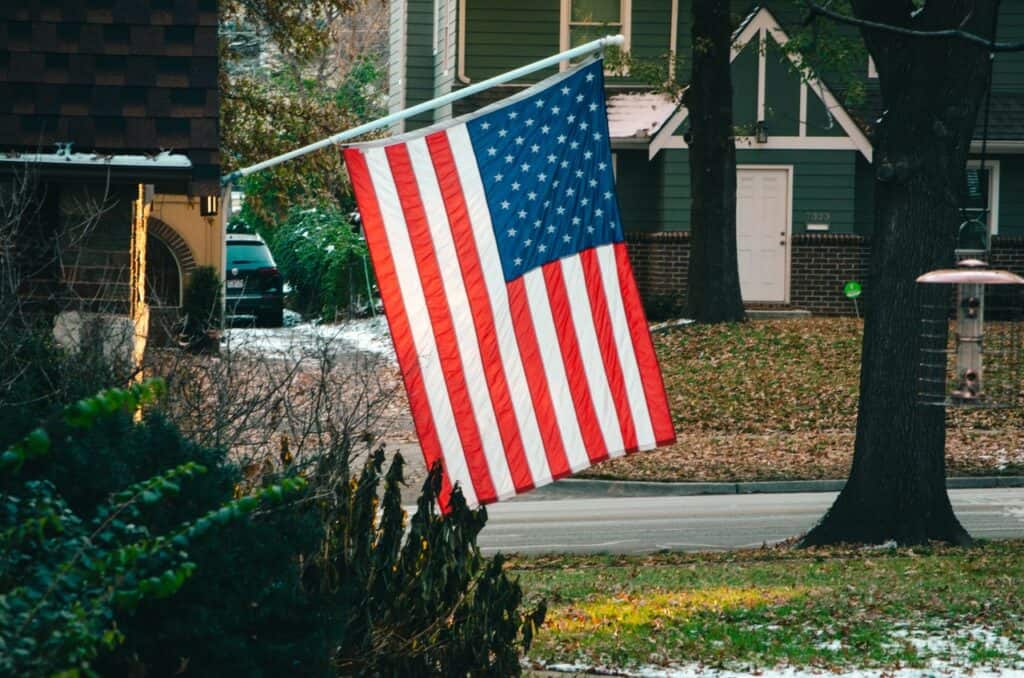
Photo by Jonathan Meyer from Pexels
The following activities can help you:
- Create rules as a group for the classroom and playground.
- Make a poster with the rules including pictures, and make sure to mention them frequently.
- Discuss daily routines and show them the order.
- Show them and use the vocabulary related to time when appropriate.
- Teach them location and position words, and use them frequently.
- Make children aware of basic health and safety rules like washing their hands before and after they eat, going to the bathroom, playing at the water table, using the pedal to open the trash can use hands before and after playing at the water table, and use the inside of the elbow to cough or sneeze, and wash hands afterward.
- Show them how to vote to make a choice.
- Explain how they respect friends when they say “Excuse me”, “Please”, and “Thank you”.
- Talk about good qualities in a person.
- Assign classroom jobs and explain those are their responsibilities.
- Discuss the roles and responsibilities of their family members and community workers.
- Create a “store” with products and fake money, and have them dramatize the different roles in the store.
- Show and discuss the American symbols that we have to respect, such as the American flag, the national anthem, and the Pledge of Allegiance.
- Make it a habit to start the day reciting the Pledge of Allegiance.
- Bring a picture of the American president and explain to them who that is and what is his job.
- Celebrate the 4th of July by doing different educational activities.
Conclusion
Social studies focus on how our society functions, what things make up the relationships, families, cultures, and beliefs in our lives, and how these many cultures have come together and formed the unique community in which we live.
As children grow, they become aware of their social and physical environments, and when they get to know and play with children from other races, cultures, and nations, they learn to have healthy interactions with others and begin to value diversity and respect the differences between them and their friends.
Sadly, in many school districts, social studies remains a low-priority subject, and it’s almost absent in a lot of early childhood schools. In my opinion, this is a mistake. It is important to start teaching social studies in preschool, exposing children to different cultures and social structures around the world.
This knowledge allows preschoolers to learn how to tolerate differences in others as they grow and expand their social awareness and engagement, which will create the base for them to start developing the skills needed in the future to become engaged citizens ready for college and careers.
Teachers must take time to celebrate differences among children without focusing on opinions or stereotypes using activities, lessons, and discussions to learn about and appreciate many different backgrounds.
I hope the ideas I gave you help you in this journey. It is very rewarding to know that we teachers have the power to change the world for the better, one student at a time, but it is also important that this change starts with us.
Good luck, and as usual, let me know if I can help you in any way. Remember that my door is always open.
Be happy, healthy, and safe. I wish you well.
Love,

P.S. Is there anything else that you use to teach social studies that I didn’t mention? Please let me know. I would love for you to share your ideas, and add them to this post if that’s okay. Thank you!

